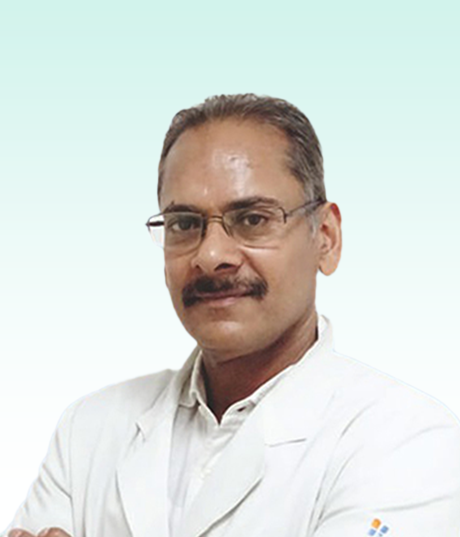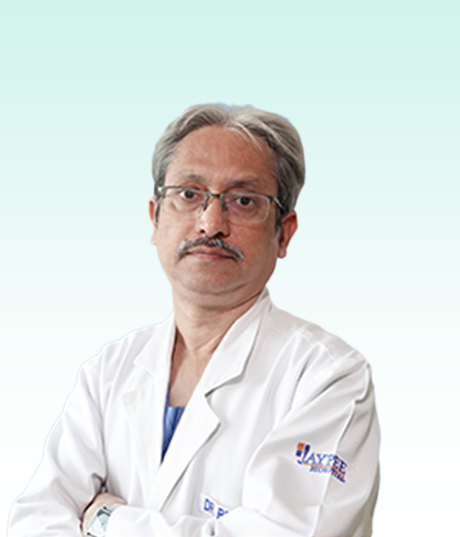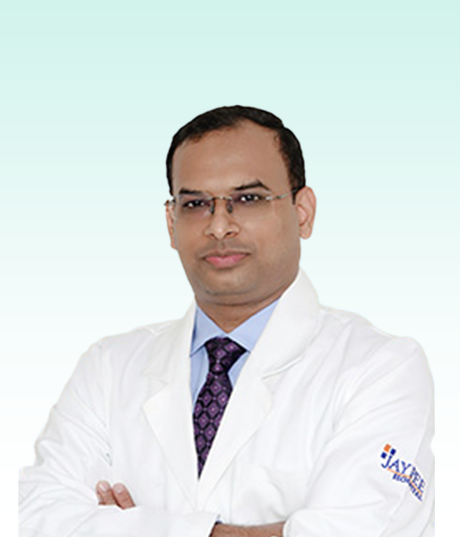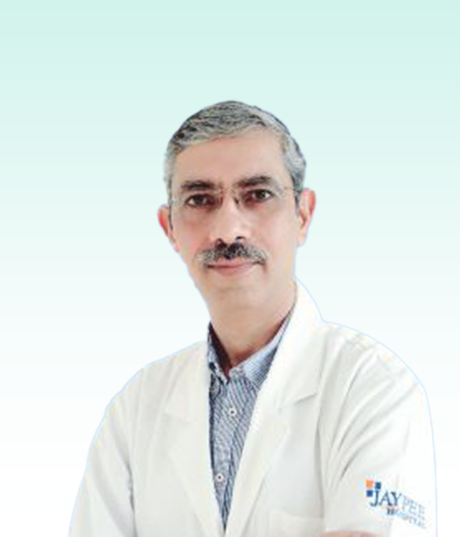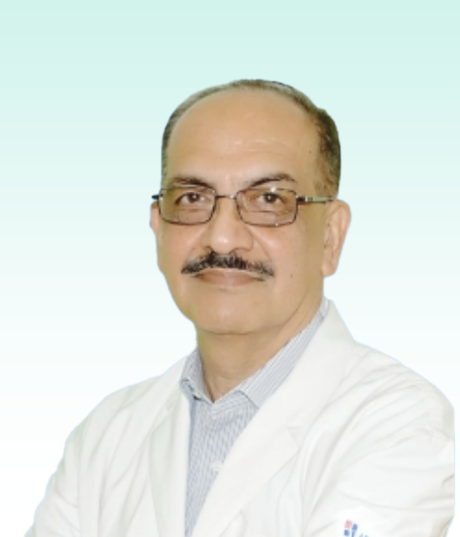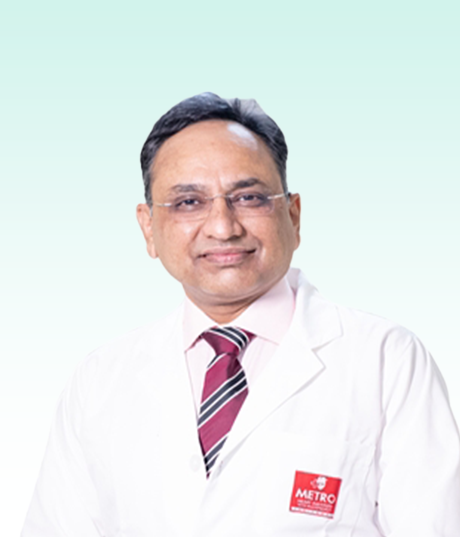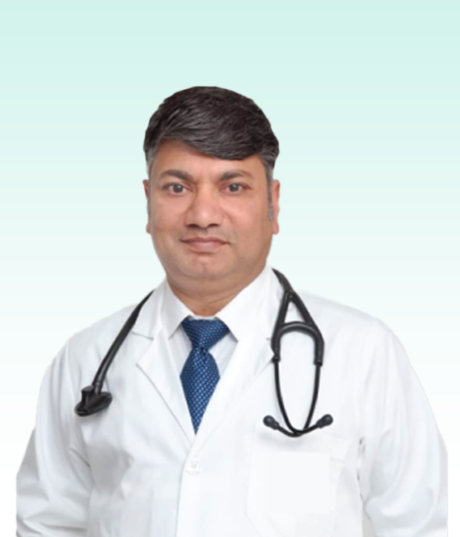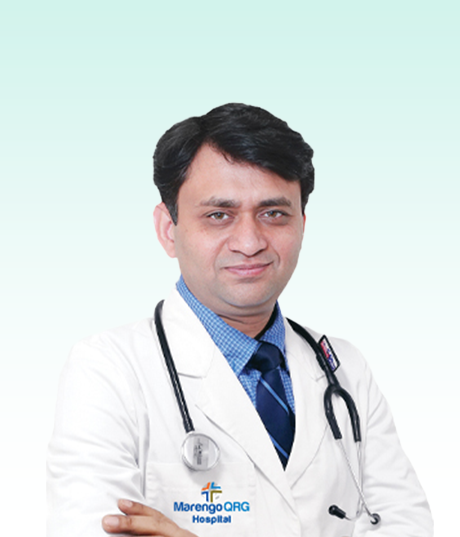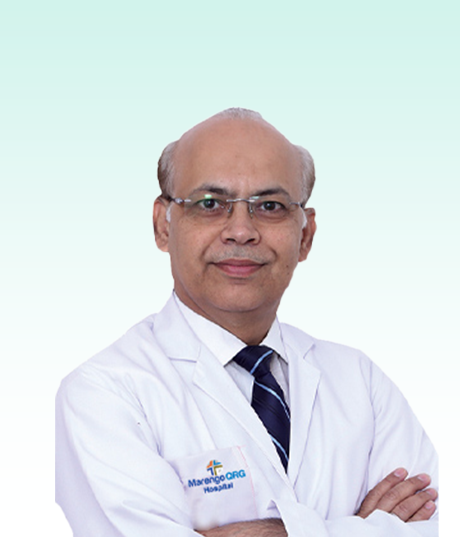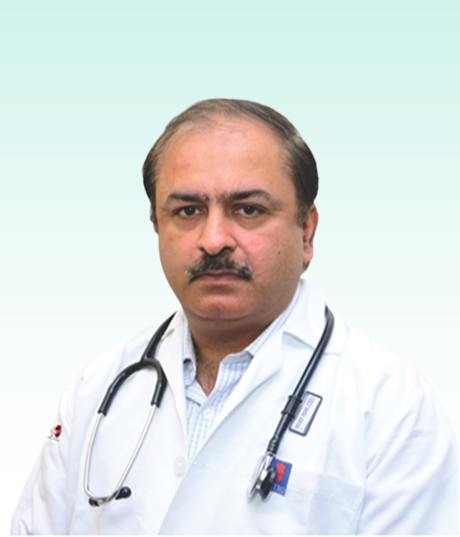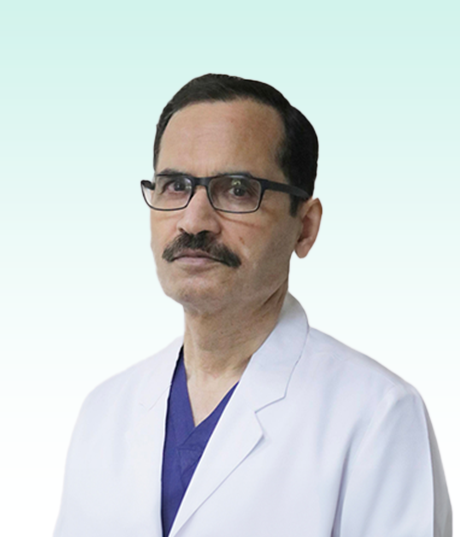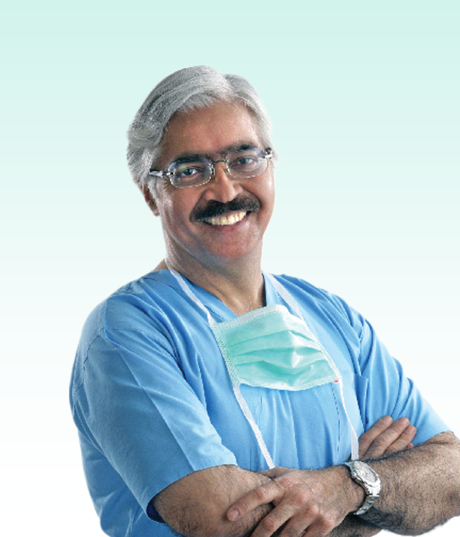Ventricular septal defect (VSD) Closure (Adult) Surgery
Ventricular septal defect (VSD) is a congenital heart defect where there is an abnormal opening in the wall (septum) between the two lower chambers (ventricles) of the heart. In some cases, the VSD may not be detected until adulthood, and in such cases, VSD closure surgery may be recommended.

Who Needs Ventricular septal defect (VSD) Closure (Adult) Surgery
Ventricular septal defect (VSD) closure surgery is typically recommended for adults with a VSD that is causing symptoms or complications. These may include shortness of breath, fatigue, chest pain, arrhythmias, and pulmonary hypertension. In some cases, VSD closure surgery may also be recommended for asymptomatic patients to prevent future complications.
When to See a Specialist
If you have been diagnosed with a VSD or have symptoms of heart problems, it is important to see a specialist. You should see a cardiologist who specializes in congenital heart disease or structural heart disease. The cardiologist will perform tests to determine the severity of your condition and recommend appropriate treatment options, which may include VSD closure surgery.
Procedure
- Before the surgery, you will be given general anesthesia, which will put you to sleep during the procedure. The surgery may be performed using open-heart surgery or minimally invasive techniques such as thoracotomy or catheterization.
- During the surgery, the surgeon will make an incision in the chest to access the heart. The abnormal opening in the ventricular septum will be closed using a patch or sutures. Once the defect is closed, the surgeon will test the heart to ensure that it is functioning properly.
- After the surgery, you will be monitored closely in the hospital for a few days to ensure that your heart is functioning properly. You will be given medications to manage pain and prevent infection. Most patients are able to return to their normal activities within a few weeks after the surgery.
Road To Recovery
The recovery period after VSD closure surgery may vary depending on the severity of the condition and the type of surgery performed. In general, patients can expect to stay in the hospital for a few days after the surgery. During this time, you will be closely monitored to ensure that your heart is functioning properly. You will also be given medications to manage pain and prevent infection.
Once you are discharged from the hospital, you will need to follow a recovery plan that includes regular follow-up appointments with your cardiologist. You may need to avoid strenuous activities for a few weeks after the surgery, but you should be able to return to your normal activities within a few weeks.
Risk Management
Like any surgery, VSD closure surgery carries some risks. These may include bleeding, infection, blood clots, arrhythmias, and damage to the heart or other organs. However, the risks of complications are generally low, and the benefits of the surgery typically outweigh the risks.
Benefits of Ventricular septal defect (VSD) Closure (Adult) Surgery
VSD closure surgery can have significant benefits for adults with VSD. Closing the abnormal opening in the ventricular septum can help prevent complications such as heart failure, arrhythmias, and pulmonary hypertension. The surgery can also help alleviate symptoms such as shortness of breath.
Frequently Asked Questions
1. What is a ventricular septal defect (VSD)?
A ventricular septal defect (VSD) is a hole in the wall separating the two lower chambers of the heart, known as the ventricles. It is a type of congenital heart defect, which means it is present at birth.
2. Who needs VSD closure surgery?
VSD closure surgery is typically recommended for adults with a significant VSD that is causing symptoms such as shortness of breath, fatigue, or heart failure. The surgery may also be recommended if the VSD is causing complications such as pulmonary hypertension or infective endocarditis.
3. How is VSD closure surgery performed?
VSD closure surgery can be performed through open-heart surgery or minimally invasive techniques such as cardiac catheterization. The procedure involves closing the hole in the heart wall using a patch or other materials.
4. What is the recovery time after VSD closure surgery?
The recovery time after VSD closure surgery can vary depending on the type of procedure performed and
Treatians As The Best Choice
Treatians understand that seeking medical treatment abroad can be a daunting experience for patients and their families. That’s why the company offers end-to-end support to its clients, from the initial consultation to post-treatment care. The company provides personalized treatment plans that are tailored to meet the individual needs of each patient, and its team of dedicated professionals is always on hand to provide guidance and support throughout the entire process. Contact us at +91-7982312582, drop your email [email protected]
- Trauma & intensive care
- Aged Care
- Community Services
- Diagnosis & Investigation
- Medical & Surgical
- Mental Health
- Rehabitation
- Specialised Support Service











